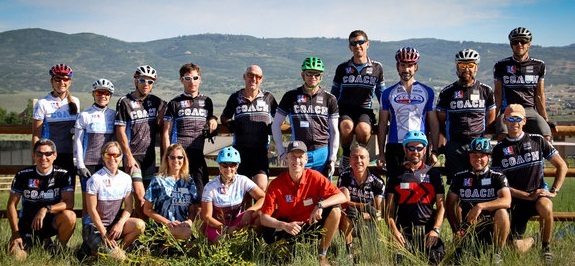Hey Lee,
I have repeatedly read your articles about the Stumpjumper FSR 29. I own a 2012 model and I’m quite happy with it. The only problem is my stock fork (Fox 32 Float 29). My crown always got “loose” and starts cracking (more or less always after 3 to 6 months of use). The 1st and the 2nd time I got a new crown/steerer tube. Now it’s the 3rd time I have to visit my local bike store and ask for replacing it.
I’m pretty disappointed with this fork and I would like to change it to something with thicker legs and more travel (140) but will my problem then being solved? Is the crown/steerer part of a Fox 34 more stable than mine?
I started biking 2 years ago in Austria (Alps), I don’t think my riding style is too aggressive for this bike (I have no problems with the frame, the rear suspension or the wheels, just with the fork).
Thank you very much for helping…
Daniel
Read more







